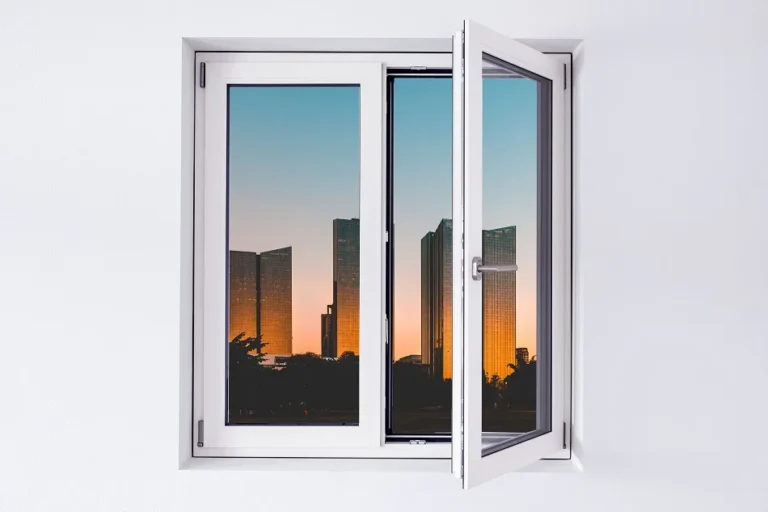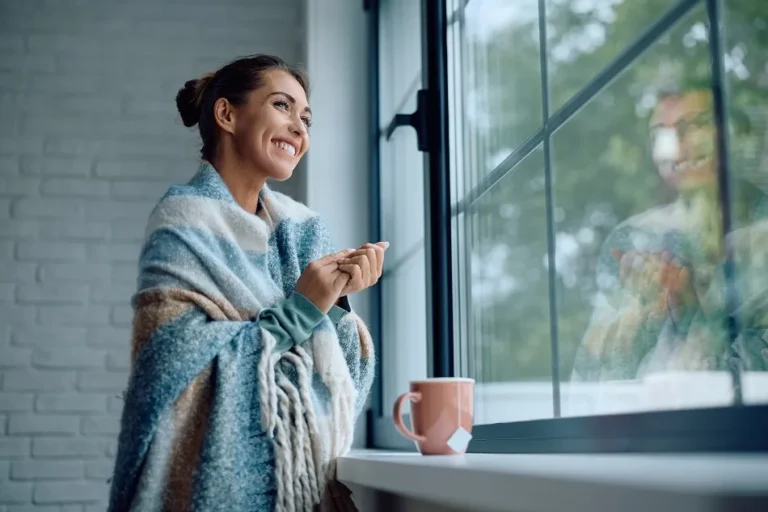Are Storm Windows Necessary for Modern Homes?
When looking for ways to improve your home’s insulation and energy efficiency, storm windows often come up as a potential solution. But are they still necessary for modern homes? While they were once a go-to upgrade for single-pane windows, advancements in multi-pane window technology have significantly changed their role.
In this article, we’ll explore whether storm windows still make sense, their benefits and drawbacks, and why high-quality multi-pane uPVC windows might be the smarter long-term investment.
What Are Storm Windows?
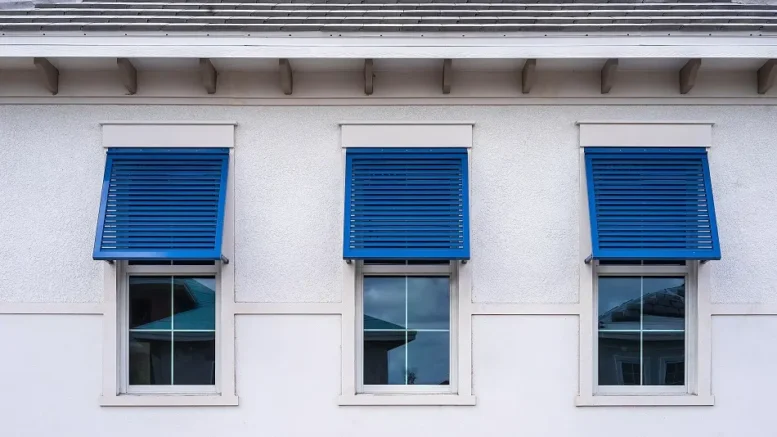
Storm windows are an extra layer of protection installed over existing windows to enhance insulation and weather resistance. They can be interior storm windows or exterior storm windows, attached directly to the window frame of primary windows. Their purpose is to reduce heat loss, block outside noise, and improve energy efficiency.
These windows have been around for centuries, originally designed to shield fragile single-pane wooden windows from the elements. Early storm windows had wooden frames and were mounted seasonally to reduce cold drafts. By the mid-20th century, aluminum storm windows became popular as a more durable and permanent solution.
Do Modern Homes Need Storm Windows?
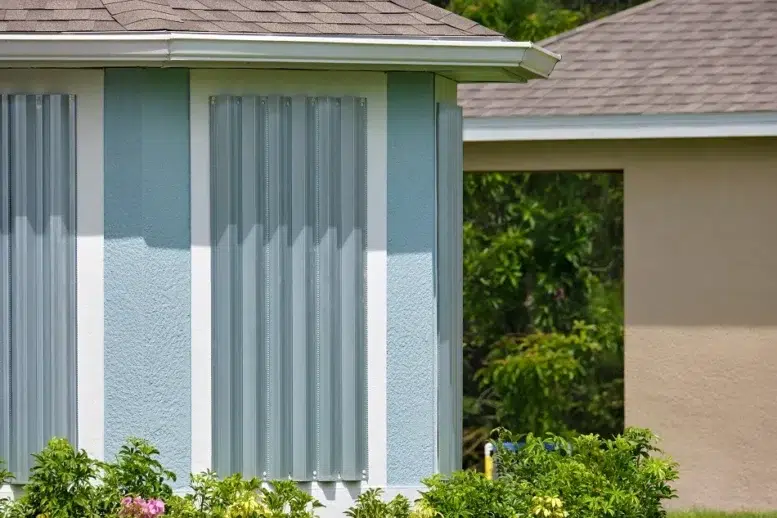
For homes with single-pane windows, storm windows can still provide an added layer of insulation. They help reduce heat loss in winter and minimize cooling costs in summer. However, with modern double- and triple-pane windows, storm windows have largely become unnecessary.
If you have single pane windows, instead of installing storm windows, a full window replacement with energy-efficient windows is often the better long-term investment.
Pros and Cons of Storm Windows

If you still have older, single-pane windows, storm windows can offer some benefits, but they also come with downsides.
Pros
- Improves insulation: Adds a protective barrier that helps reduce heat loss and cooling costs.
- Lower-cost alternative: Installing storm windows is cheaper than full window replacement.
- Protects existing windows: Shields primary windows from harsh weather, rain, and wind damage.
- Reduces noise pollution: Helps block out street noise, barking dogs, and other outdoor disturbances.
Cons
- Not a long-term solution: Storm windows don’t extend the lifespan of aging primary windows.
- Requires maintenance: Older storm windows have weep holes that need regular cleaning to prevent moisture buildup.
- Can impact curb appeal: Bulky frames may make a home look outdated and less visually appealing.
- Less effective than modern energy-efficient windows: Even low-E storm windows can’t match the performance of high-quality uPVC or vinyl replacement windows.
Storm Windows vs. Modern Energy-Efficient Windows
Windows have come a long way from the thin, drafty panes of the past. Decades ago, single-pane windows were standard, offering little protection against harsh weather and temperature fluctuations. To compensate, homeowners relied on storm windows as an extra barrier.
But technology doesn’t stand still. Just like flip phones gave way to smartphones, modern energy-efficient windows have completely changed the game. With advanced materials, airtight seals, and low emissivity coatings (Low-E), today’s double pane and triple-pane windows deliver the benefits of most storm windows — and then some — without the bulk or hassle.
At GEALAN, our uPVC windows offer:
- Superior insulation: Designed to minimize heat transmission and cooling costs.
- Airtight seal: Prevents drafts and energy loss more effectively than compression seal storm windows.
- Long-lasting durability: Unlike wood frames that rot and require upkeep, unplasticized vinyl (uPVC) lasts for decades with minimal maintenance.
- Sleek, modern design: Enhances curb appeal without the bulky, outdated look of storm windows.
When Are Storm Windows Still Worth It?
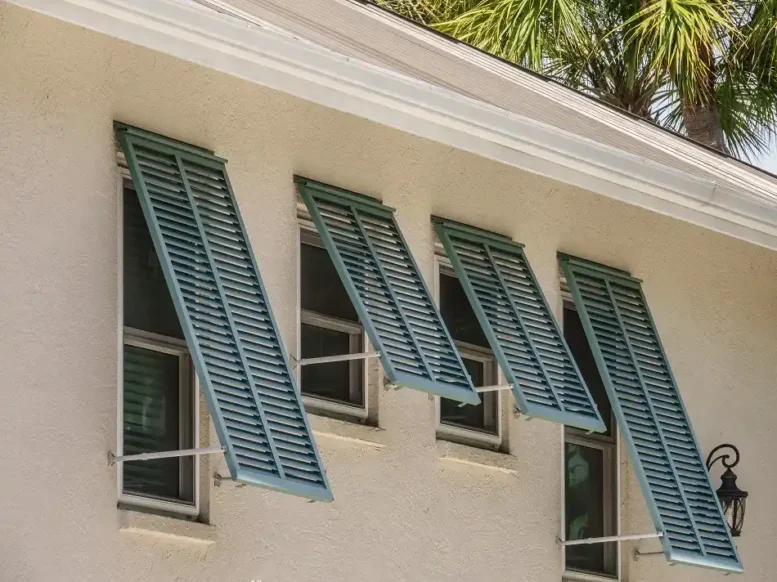
Storm windows may still be useful in certain situations, such as:
- Your home has single-pane windows, and you’re not ready for a full upgrade.
- You need a temporary solution to improve insulation and reduce energy costs.
- You live in an area with severe weather and want extra protection against storms and high winds.
However, if you’re looking for a long-term investment, replacing outdated windows with high-performance energy-efficient uPVC windows is the smarter move.
Table of Contents
Final Thoughts: Should You Install Storm Windows?
For older homes with single glazed windows, installing storm windows can help save money on energy costs and provide a modest upgrade. But for most modern homes, high-quality replacement windows are the better investment.
GEALAN’s energy-efficient windows outperform storm windows in insulating benefits, noise transmission reduction, and curb appeal while eliminating the need for constant maintenance. Contact us to find a local window installer.
FAQs
Do storm windows really help with energy efficiency?
Yes, but not as effectively as modern double or triple-pane windows. Low-E storm windows offer some insulation benefits, but they don’t match the performance of high-quality multi-pane uPVC windows.
Are storm windows necessary if I have double-pane windows?
No. Storm windows are meant for single-pane glass. Double and triple-pane windows already provide superior thermal performance and weather resistance.
Can storm windows reduce outside noise?
They help reduce noise slightly, but high-performance energy-efficient windows with airtight seals are far more effective at blocking traffic sounds, barking dogs, and outdoor disturbances.
How long do storm windows last?
Most storm windows last 10 to 20 years, but they require regular cleaning and maintenance, especially if they have weep holes that prevent moisture buildup.
What’s the best alternative to storm windows?
A full window replacement with energy-efficient uPVC windows, like those from GEALAN, provides better insulation, improved durability, and greater energy savings over time.
